At one time, all things were new, and that is certainly true of John Sedgley’s house.
To imagine this York, Maine, beauty in its early heyday simply requires that you step through time—280 years, give or take a few decades—and engage your imagination. The mortar is drying on the massive brick hearth in the keeping room, the hand-hewn beams still smell slightly fresh, and John’s father, the original John Sedgley, a master turner skilled in the ways of the lathe, has just gifted him an almost-perfect chair. Blink, and it’s gone.
But the warm, rich light remains behind, the wisdom that built this structure, the feeling of harmony and architectural balance infused into its bones. The large, two-story Georgian home sits in a pocket of history outside the village of York, on the Sedgley Homestead, the oldest homestead in Maine in its original configuration. Classically red, this imposing centerpiece is offset by companions that add their own grace notes: a 1780s Cape, a few outbuildings, stables, and a workshop converted to living quarters. They gather together like old friends barricaded against time, handing down remembrances.
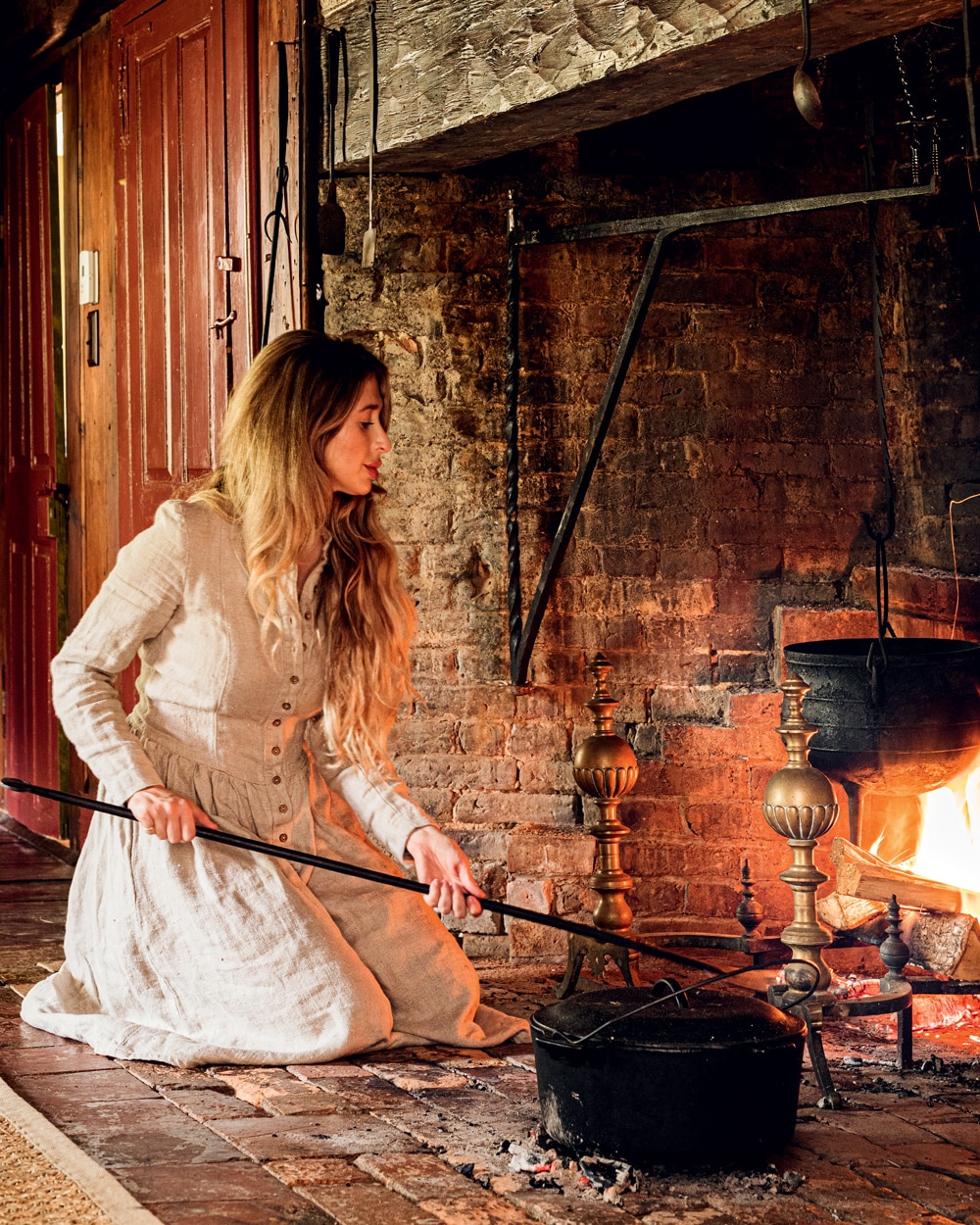
“I’m the first person to use this to cook since the ’60s,” says Ari Kellerman of the hearth in the keeping room of her York, Maine, home. As part of Maine’s oldest homestead that’s still in its original setting, the residence is rich in historical atmosphere—something Kellerman puts to good use in her photos, such as the still life with dahlias.
Ari Kellerman
“It’s our 18th-century enclave,” says Ari Kellerman, 33, an ardent historian and photographer, gesturing around at the buildings that are today owned by three separate families, with shared land of 6.4 acres in common. With her cascading hair and flowing dress, Kellerman herself seems plucked from another time, but don’t be deceived. “It’s fun to romanticize the past, but I wouldn’t want to live there,” she says with a smile. Regardless, the setting and the house are picture-perfect for a photographer whose feeling for living history and sensitivity to the currents of time are conveyed in her moody images. It’s partly what drew her to the Sedgley Homestead in the first place. Old corners of history have their own particular relationship to light and dark, often proving hard to resist. Rembrandt couldn’t.
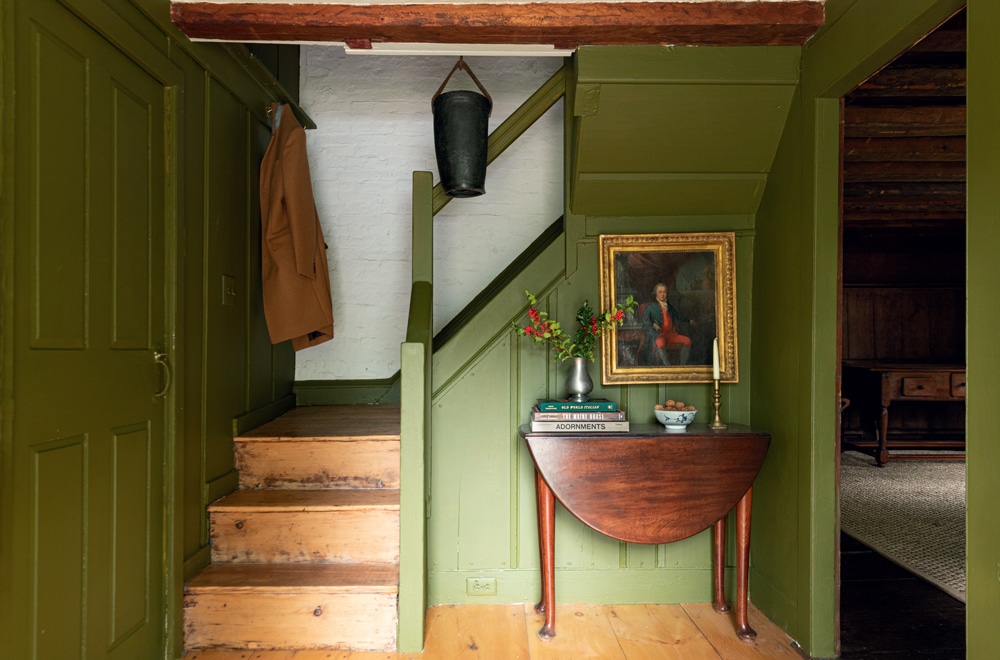
The entryway, painted Palmer Green from Benjamin Moore’s Colonial Williamsburg collection.
Ari Kellerman
“This place and this town were a very intentional move,” says Kellerman, a native Mainer. She and her husband, Jordan, had lived around the U.S. and in Europe, but “Maine is home.” And during Covid, while everyone was reevaluating their home life, the couple, both working in Portland, began casually looking up and down the coast for a place to spend the next chapter of their lives. They’d already renovated a 1970s house, making it convincingly “old,” but as any rehabber knows, you can go only so far. And that house was never to be forever. Their next move “was meant to be all about the home, and that home was always going to be 18th-century,” Kellerman says emphatically. “I’d fallen in love with Georgian architecture long before I knew what to call it.”
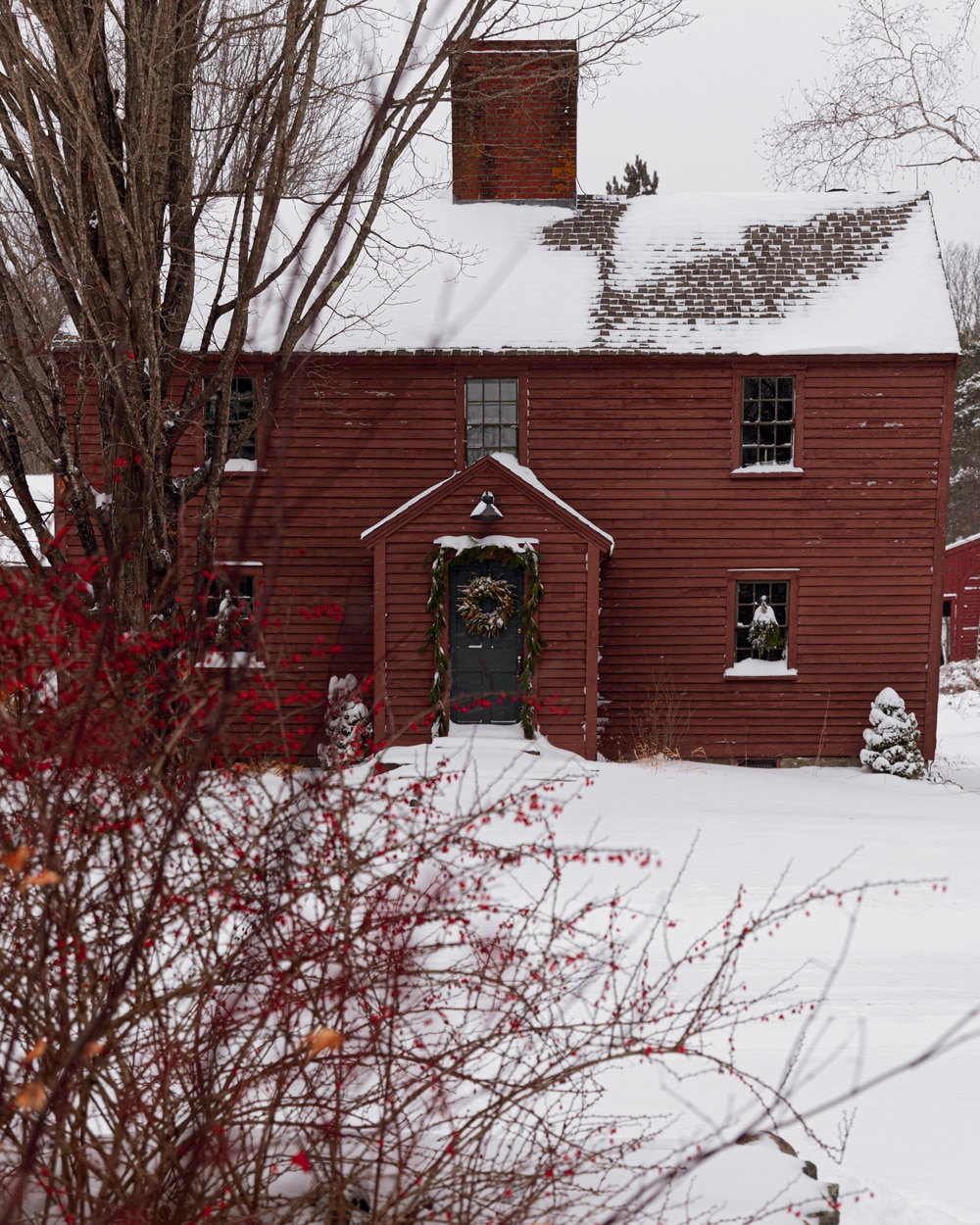
A timeless view of the 18th-century exterior.
Ari Kellerman
But let’s take a quick detour, because it’s not as if Kellerman is a novice when it comes to antiquity. She is well schooled in the Byzantine. In Greek culture and language. She has studied theology and conflict transformation. She is a knowledgeable dealer in 18th-century Georgian jewelry. And she is the education director at the Old York Historical Society, with its collection of nine historic buildings, where among other duties she develops the summer programs and shares her knowledge of what it’s like to cook on a hearth. So…
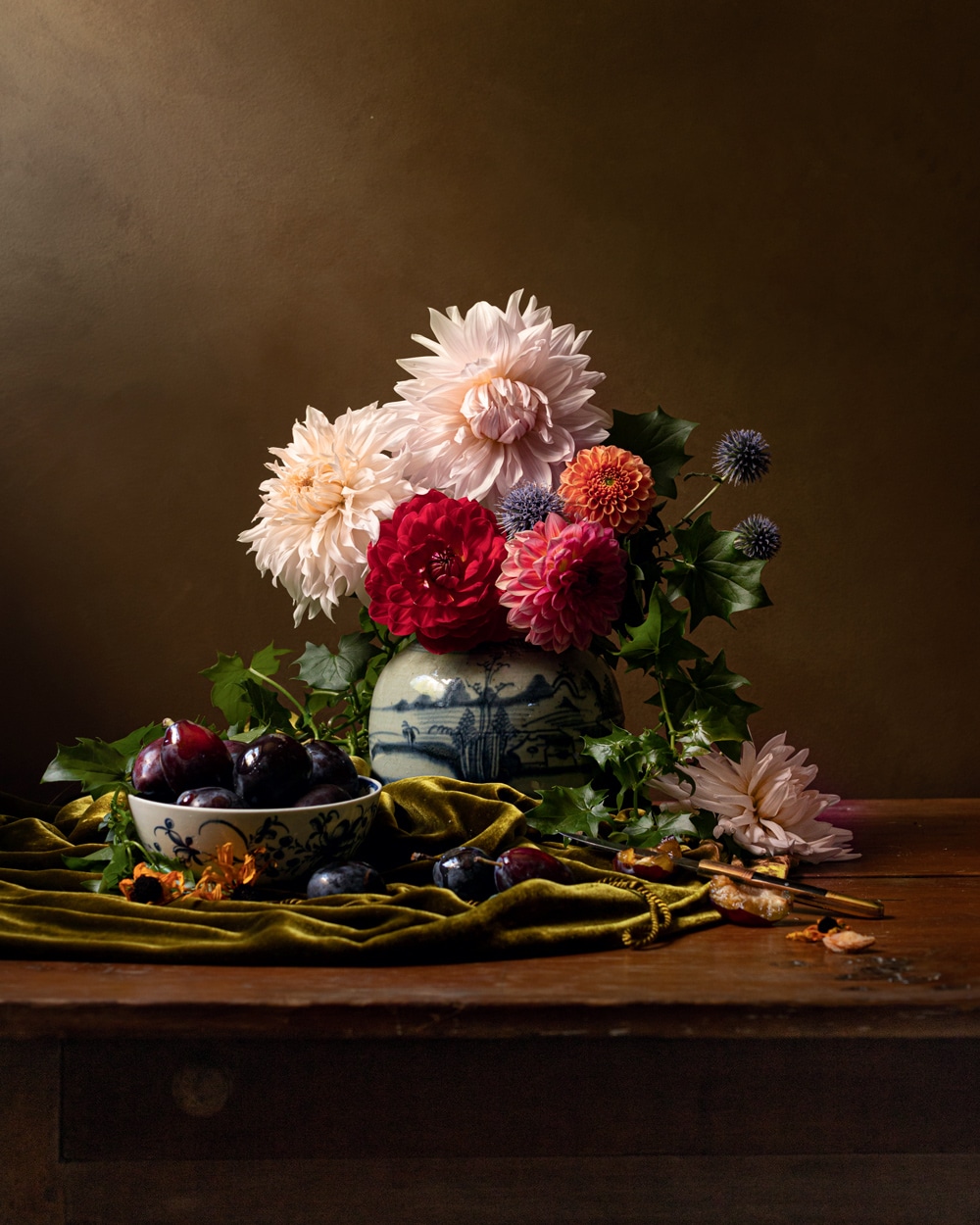
One of Kellerman’s still lifes.
Ari Kellerman
Six months into their search, the Sedgley house popped onto the market. “I knew I’d dreamt of this house the minute I stepped into the keeping room, and could visualize all of the hearth-cooked dinners!” Kellerman says. And she remembers, “It took my husband three more rooms before he lost his poker face and told the realtor this was our house.”
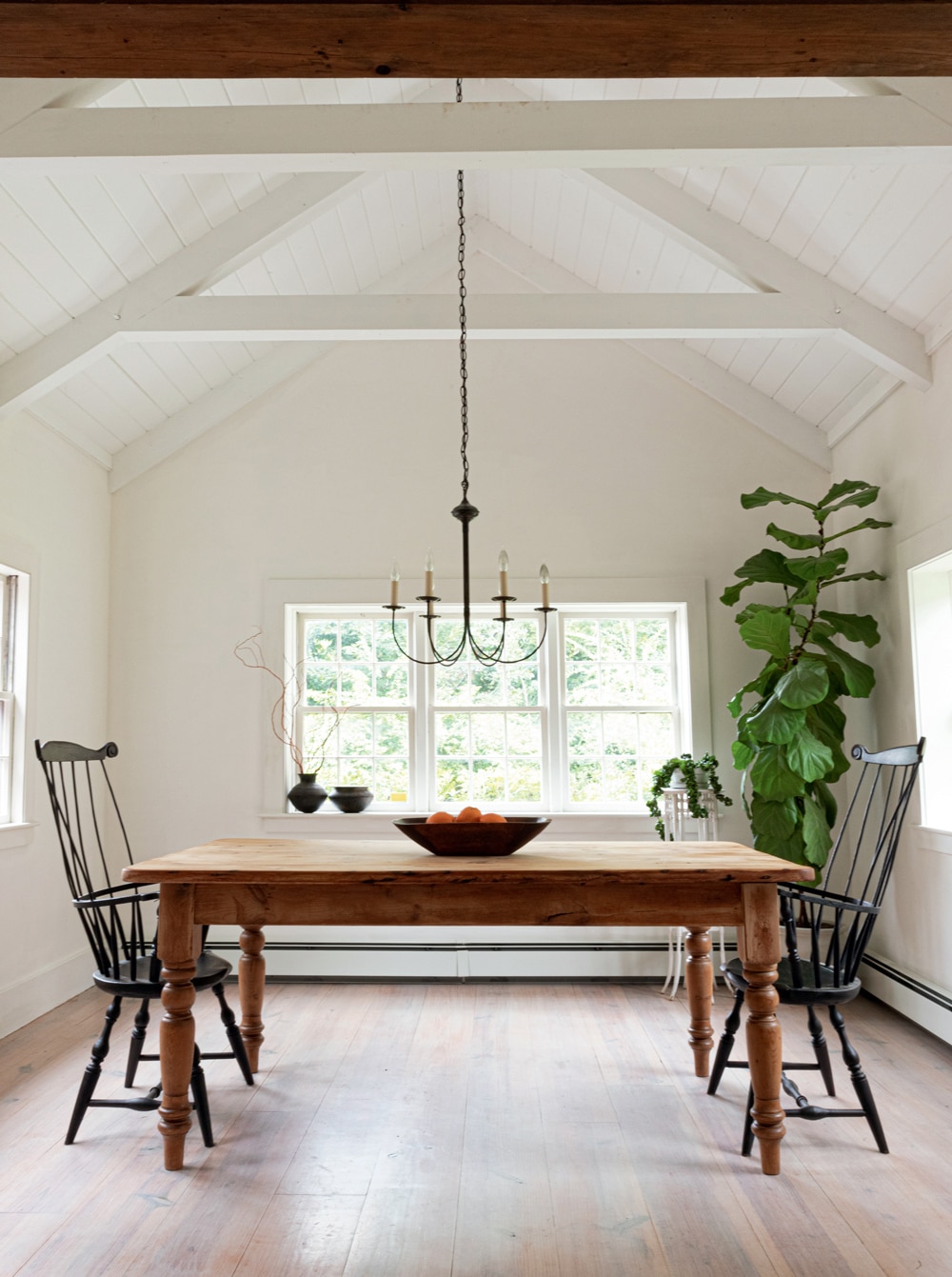
The dining room, which gets the best light in the house.
Ari Kellerman
The house is a classic arrangement of two rooms down, two rooms up. Step into the entry, and straight ahead there’s a tight twist of stairs, a nautilus scampering up to the bedrooms. Next to the entry are the rooms that anchored the lives of its early inhabitants. To the left, a formal parlor that is Kellerman’s studio, where she sets up still lifes inspired by Dutch paintings, shimmering with figs and silvery fish, or photographs products for freelance clients. To the right, the keeping room, a warm glow of old wood, low ceilings, beams, and that massive fireplace. The hearth wasn’t working when they bought it, “but I knew just the restoration mason to call,” Kellerman recalls. “I was on Richard Irons’s schedule before we’d even closed.”

“Lockdown puppy” Winnifred, who seems right at home in her artistic surroundings.
Ari Kellerman
Tucked behind this well-preserved main structure there’s a large ell off the back, sprawling into a comfortable living room, and a kitchen that stretches into a dining area, with a brick terrace beyond. It’s open and elegant in a way that would have been unimaginable to Sedgley and his descendants. And somehow, that seems right too.
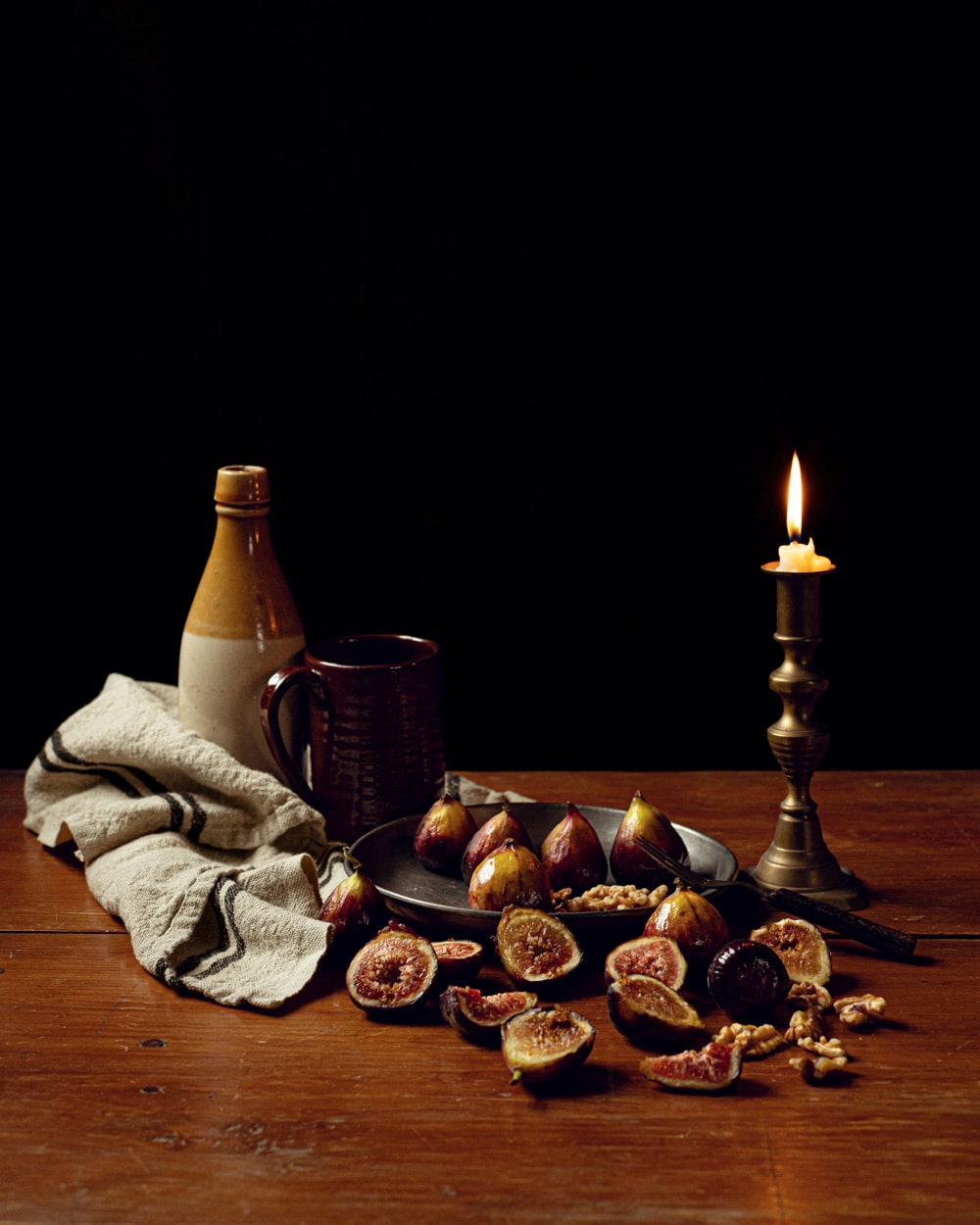
Another of Kellerman’s sumptuous still lifes.
Ari Kellerman
Because even though this is a story reaching back centuries, it is also very much a story of our time. Where the original homestead was firmly a family affair, this new homestead has gathered a disparate group of people, unrelated, who’ve come together with a common cause: a love of antiquity. And a shared love of this house.
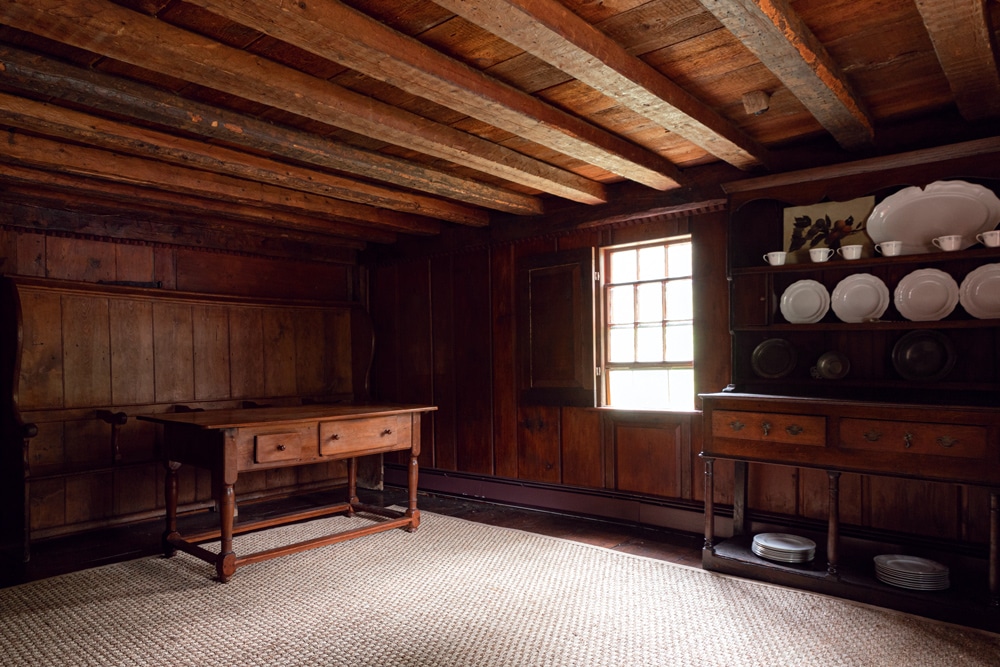
A space still “in progress,” as Kellerman describes it, the keeping room has so far been furnished with an 18th-century Welsh dresser (aka china hutch) and a period worktable.
Ari Kellerman
“We weren’t quite sure what the close living quarters would bring,” Kellerman confesses, “but I never imagined it would gift us fast family.” With many of her photo shoots postponed last year, she worked at home, forming bonds with her homestead neighbors, who’ve all lived here for years, and are generous with their knowledge. And a previous owner, Carl Crossman, was an antiques appraiser for Antiques Roadshow for eight seasons, so the stewardship runs deep, she notes. “Sharing a common goal like the preservation and beautification of this property has placed us at the center of our own historic village.”
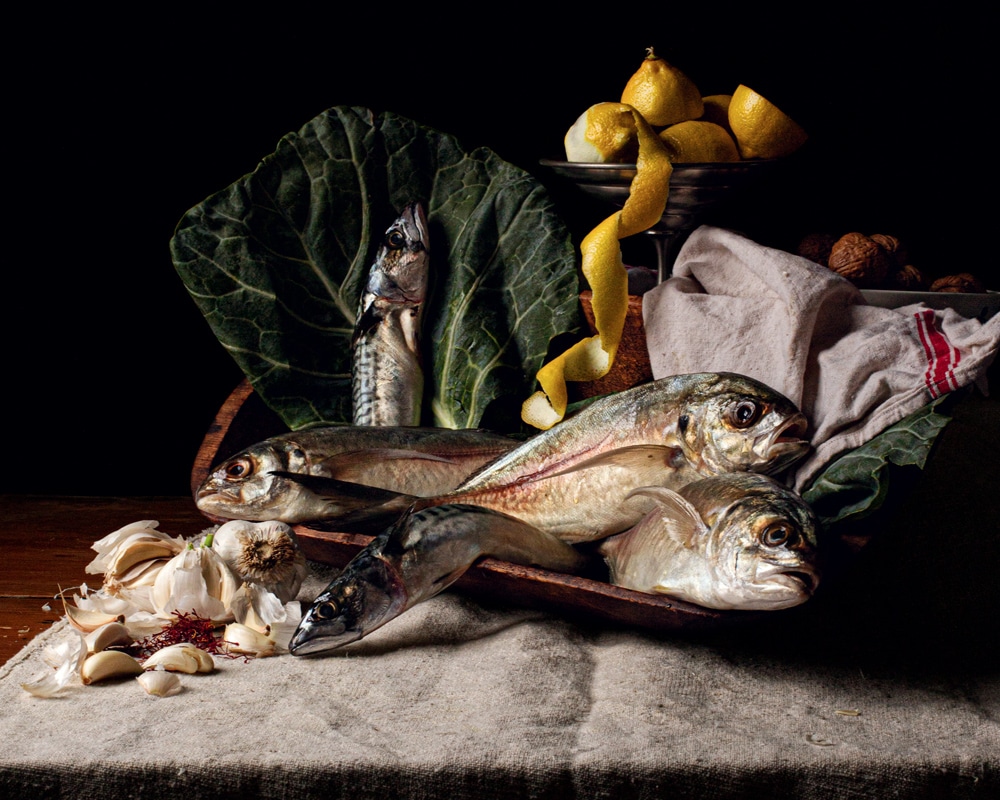
One of the first still-life photos that Kellerman created after moving onto the Sedgley Homestead, which she says has been “an incredible source of inspiration for me, being surrounded by other artists in our enclave.”
Ari Kellerman
Then, too, there are the stories waiting to unfold, mysteries waiting to reveal themselves. Like the forgotten orchard, buried in the overgrowth, that they’ve begun rehabilitating. Kellerman’s husband has spent the morning battling tangles of bittersweet, freeing old apple and cherry trees. Someday, Kellerman envisions, there will be a glass house in the cleared space, where workshop participants who’ve just cooked 18th-century recipes on Sedgley’s hearth can eat what they’ve made.
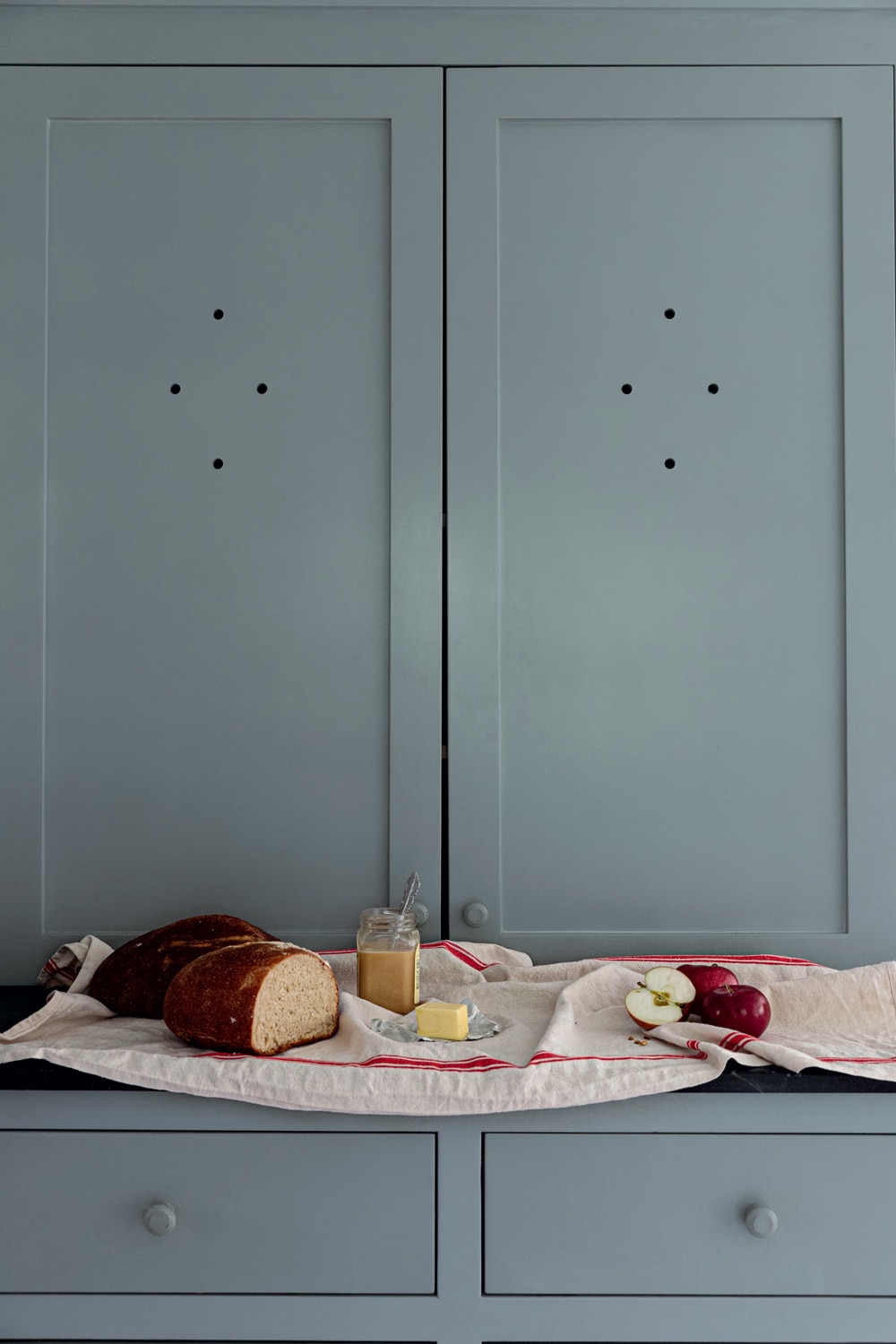
A larder scene.
Ari Kellerman
And then there’s the eight-foot hearth itself, raising its own questions. One brick is marked 1715, and so for a while, that’s how the house was dated. The National Register, however, says it’s c. 1720. Kellerman thinks that a truer date is probably somewhere in the 1740s. Regardless, it is old. And for a photographer steeped in antiquity and the nuance of time, that’s more than enough.
To see more of Ari Kellerman’s photos or to learn about her “seasonal New England” immersion workshops, go to arikellerman.com.
The post Historical Romance | Ari Kellerman’s 18th-Century Georgian House appeared first on New England Today.
